Project Funding Breathes New Life into Monitoring Greenland's Seafloor
23.11.2023The Greenland Climate Research Centre and the Greenland Institute of Natural Resources have received funding of DKK 17.2 million for ..
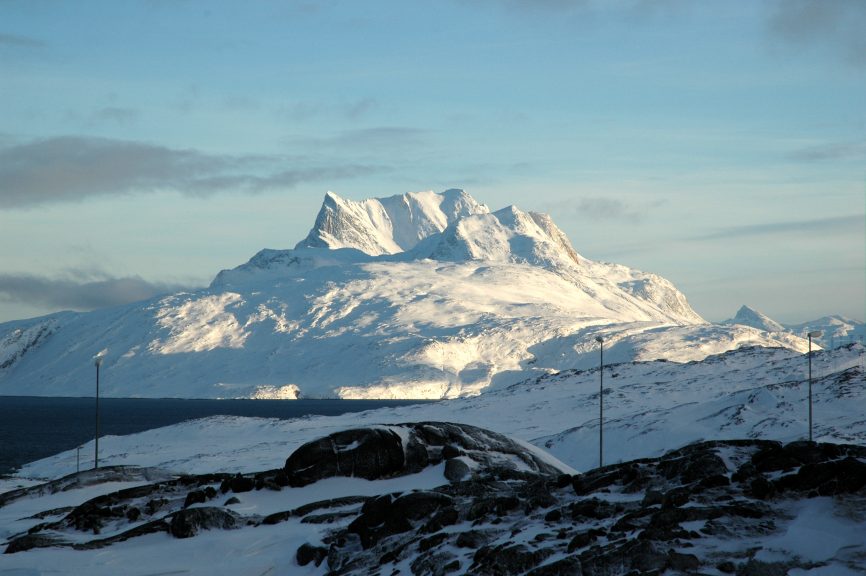
To apply for courses in the Arctic Science Study Programme (ASSP), please complete the “Student Information” form below. After submitting the completed form you will receive an e-mail with details on how to proceed with register for the courses and other practical information.
The ASSP offers graduate (masters) and PhD level courses. The courses in spring form one full semester (30 ECTS). Applicants applying for a full semester are given priority, however, it is possible to apply for single courses. You can find more information about the courses under Arctic Science Study Programme (ASSP).
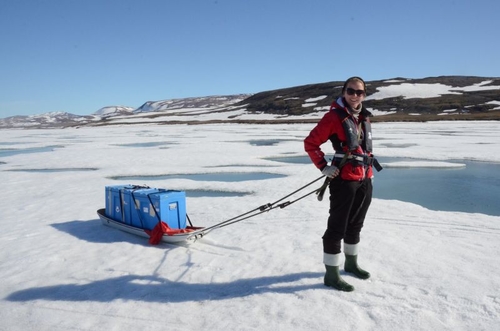
“The fate of the Arctic spring bloom in the sea ice and underlying water column” is the name of the master project about the interaction of atmosphere, sea ice and water, performed by a master student attending the recently finished Arctic Semester in Greenland, after taking part in a scientific field experiment in Northeast Greenland. The Arctic Semester was conducted in collaboration between the Greenland Institute of Natural Resources and Aarhus University, giving one student the unique opportunity of attending the field experiments in Young Sound in Northeast Greenland.
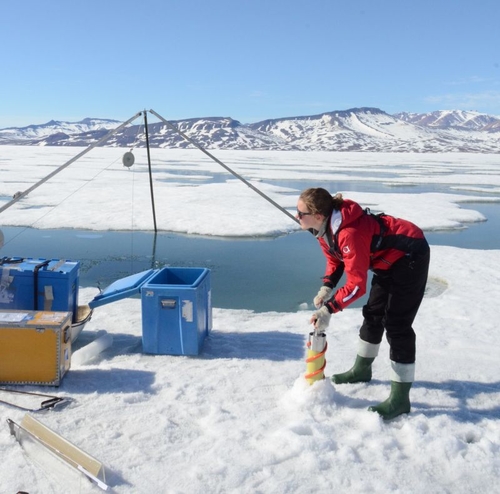
Photo: Dorte Søgaard
-It has been an incredible opportunity for me to attend the field experiments in Young Sound and get first-hand fieldwork experience in the High Arctic. I have learned a lot more about field campaigns and gained better insight into the ongoing research in Greenland, says Annaliina Koskinen from Finland, who got the idea for a master project about the process of the sea ice in a Greenlandic fjord-system during her studies as an exchange student at the Arctic Semester in Nuuk.
-I am very excited about my research topic and the whole project. It is amazing to get to work here in the Arctic, says Annaliina Koskinen, who still does not know the results of her fieldwork and research, which, when finished, will be published as an article in a scientific journal.
-It seems like we have good datasets that we can start on during autumn. I am looking forward to seeing the results, and hopefully they will give us some new information about melting sea ice in these fjord systems,” says Annaliina Koskinen and continues:
-I love Greenland. Spending five months here has been an absolute pleasure. I am extremely happy about getting to see two very different sides of Greenland; I really liked Nuuk, where people are so friendly, but also the wild and silent nature in the High Arctic.”
Nuuk and Young Sound in Northeast Greenland are geographical opposites. The big difference in biological processes at the two locations gives a good opportunity to learn about the differences between a low and a high Arctic marine ecosystem.
-My time in Greenland gave me a wonderful chance to learn new things and a lot of new experiences. There is this sense of adventure to every day that got me hooked from the start. I hope this won’t be my last time in Greenland.”
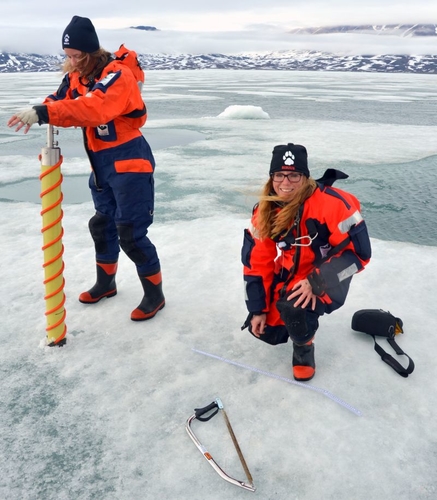
Photo: Dorte Søgaard
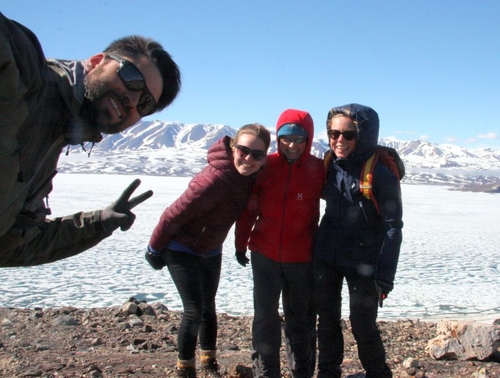
Photo: Dorte Søgaard
For more information about the Arctic Semester in Greenland, please contact:
Thomas Juul-Pedersen (thpe@natur.gl), Lise Lotte Sørensen (lls@bios.au.dk) or Dorte S. Schrøder (doso@natur.gl).
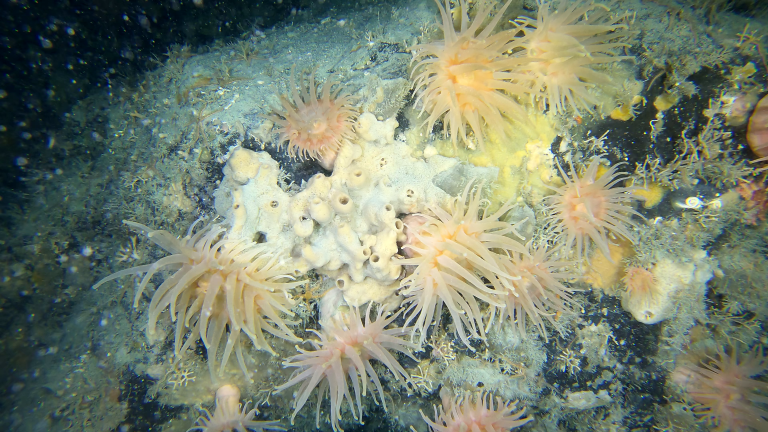
The Greenland Climate Research Centre and the Greenland Institute of Natural Resources have received funding of DKK 17.2 million for ..
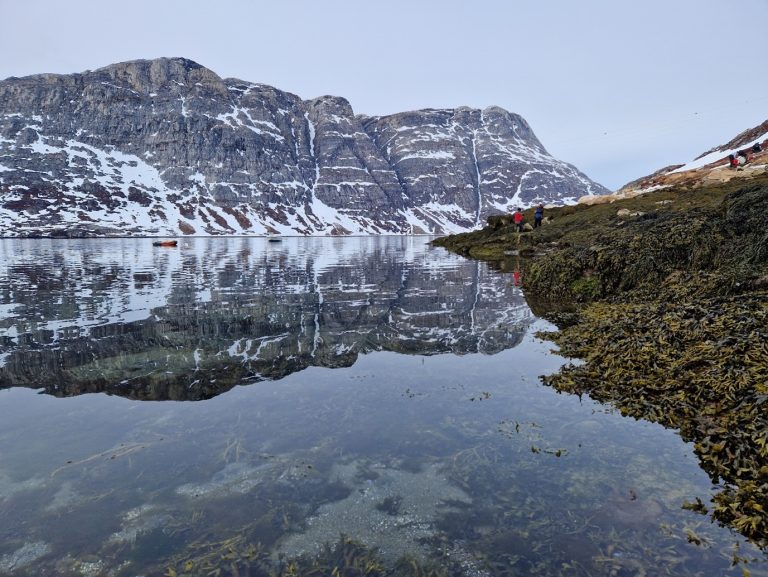
Macroalgae or seaweed are dominating rocky coastlines globally. Even here in Greenland, we can see small kelp such as the ..
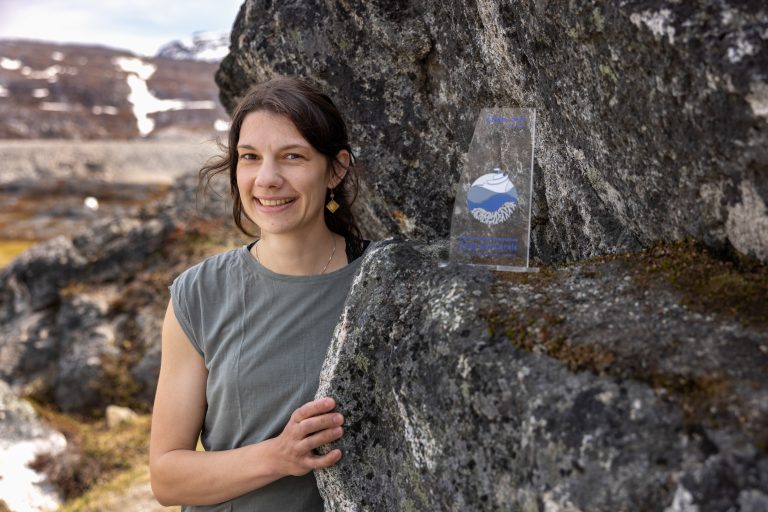
The dark, cold deep sea harbors many unseen treasures, one of which is corals that most people only associate with ..